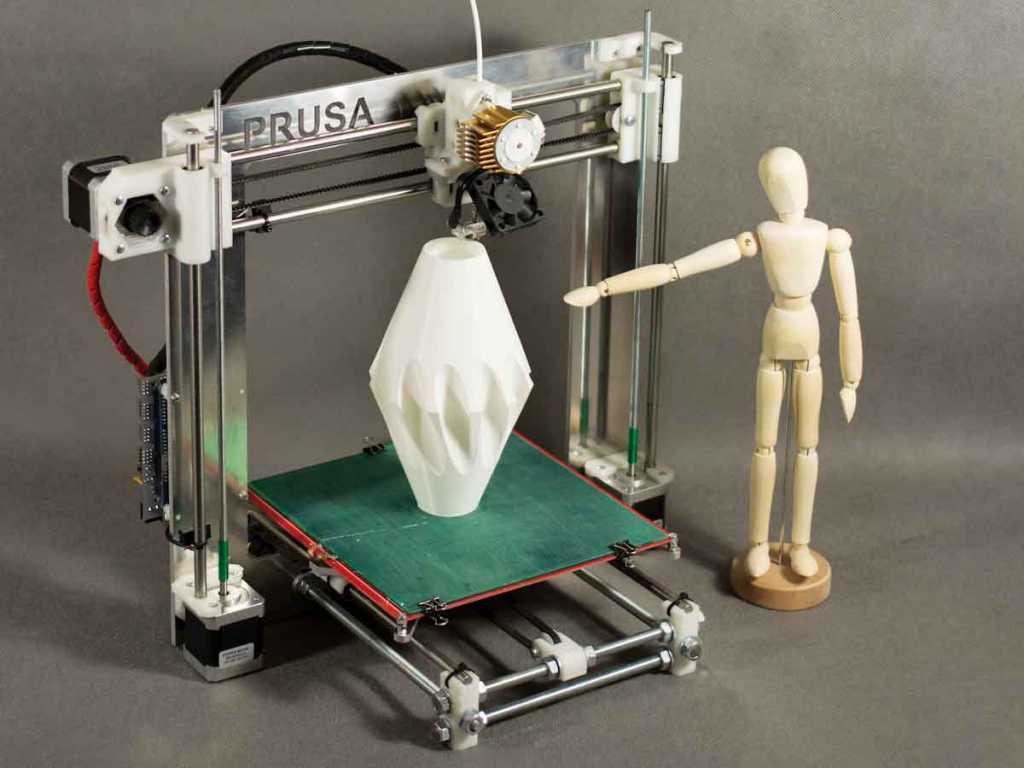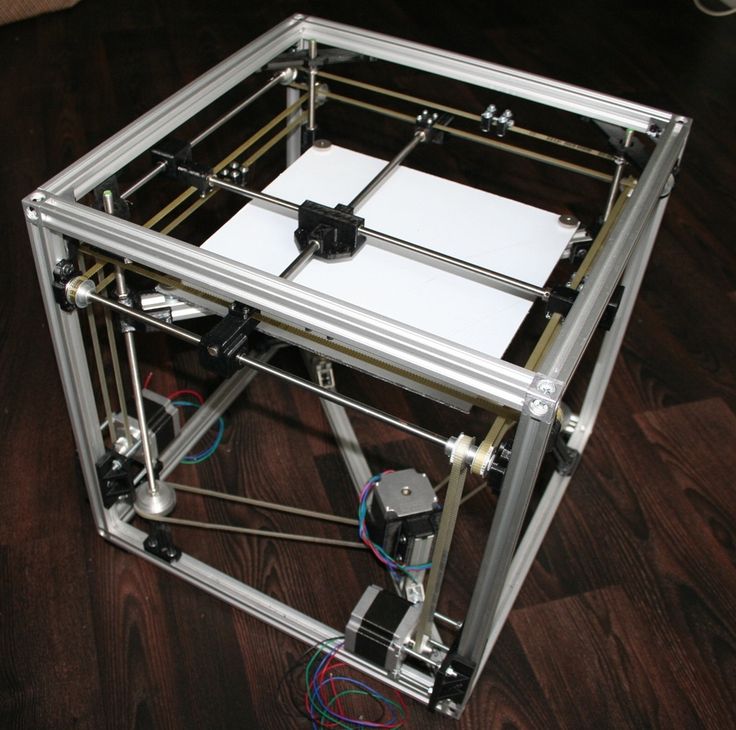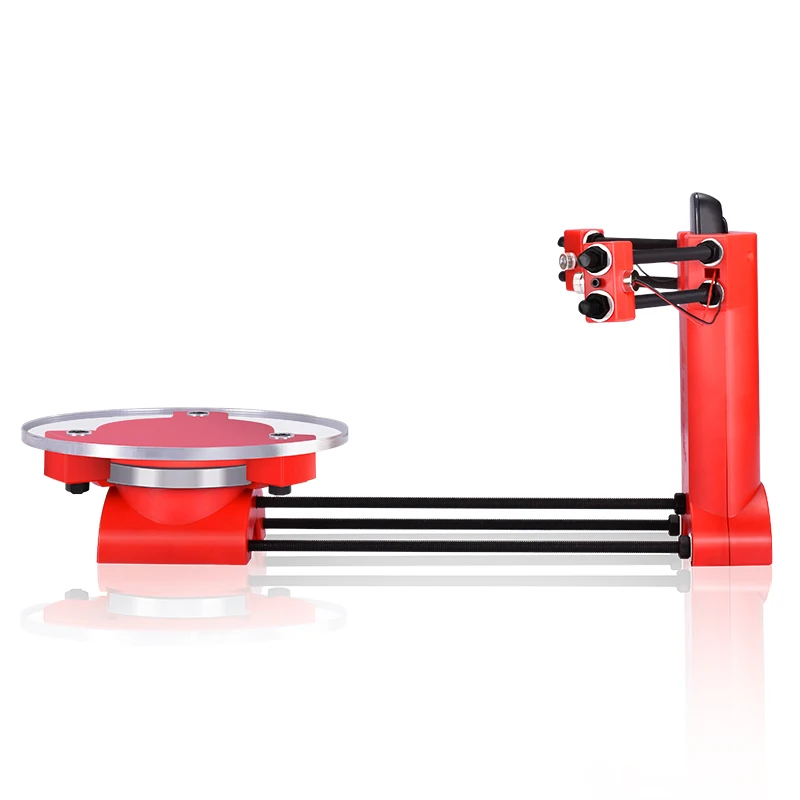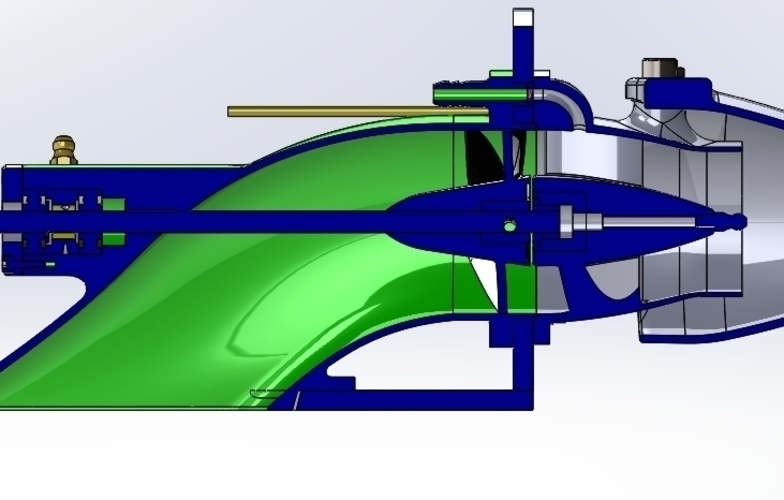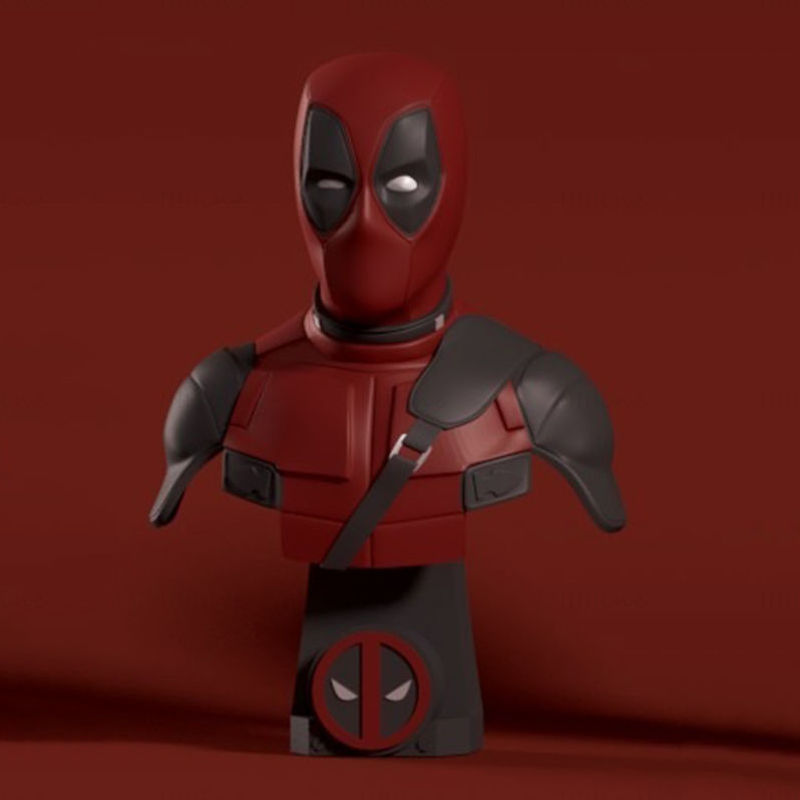Recycled 3d printing filament
Closed Loop Plastics Recycled 3D Printer Filament
Closed Loop Plastics’ Party Pink is an upcycled high impact polystyrene (U-HIPS) 3D printing filament made entirely from post-consumer plastic cups and lids. Each spool is produced in Long Beach, CA, where plastic waste from the community is given new life as 3D printer filament for makers, engineers, and enthusiasts everywhere. The finished product is an affordable, high-quality U-HIPS 3D printing filament that provides a sustainable way to prototype your next great design. Every millimeter of Closed Loop Plastics Party Pink U-HIPS 3D printing filament has already served someone as a cup to hold a delicious beverage. Instead of ending up in a landfill, however, the team at Closed Loop Plastics collected, granulated, decontaminated, and extruded the cup into a structural material that can now serve you once again as filament for your 3D printer! Party Pink U-HIPS 3D printing filament is a product you can feel great about buying and using.
Guides & Articles
How to Succeed When 3D Printing with Polypropylene
Successfully produce 3D printed parts out of polypropylene filament with these tips on achieving stronger bed adhesion and minimizing shrinkage.
How To Succeed When 3D Printing With PLA Filament
Discover the best practices for 3D printing with PLA filament - from finding the right temperature, to which surfaces to 3D print on, this step-by-step guide will help you succeed with 3D printing PLA.
How To Succeed When Printing With ABS
ABS filament is a versatile material that's a great option for when you need your 3D-printed parts to be strong and heat-resistant. Learn how to print this material like a Pro in this in-depth guide.
Printing Tips & Tricks: ABS Bed Adhesion
ABS: stronger, more durable, and more heat-resistant than PLA.
An excellent 3D printing material, but ABS is prone to warp.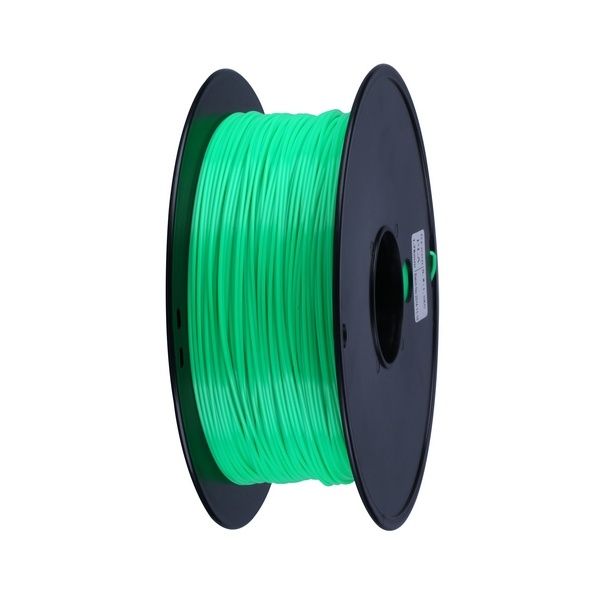 Stop warping on your ABS prints, and create strong bed adhesion to produce flat prints by following these tips.
Stop warping on your ABS prints, and create strong bed adhesion to produce flat prints by following these tips.
Living Hinge: Design Guidelines and Material Selection
Bring your prints to life by adding an additional degree of motion to your designs - living hinges are the foundation of expanded mechanical solutions.
Printing with Bronzefill
Bronzefill filament is made with real bronze powder and offers a unique look and feel for your decorative 3D printed parts
How To Succeed When 3D Printing With Nylon
Learn how to 3D print Nylon like a pro. Nylon is a stronger and more durable alternative to PLA or ABS and easy to 3D print with using these Tips and Tricks.
3D Printer Troubleshooting Guide
Use this guide to help you identify and solve the most common issues that may occur while 3D printing.
3D Printer Filament Comparison Guide
There are many different kinds of 3D printer filament, and each one has it's own strengths for different projects. Knowing these differences is key to a successful 3D printing experience and so we have created a Filament Comparison Guide with everything you need to know about every type of filament available.
Knowing these differences is key to a successful 3D printing experience and so we have created a Filament Comparison Guide with everything you need to know about every type of filament available.
ReFuel™3D-Fuel Recycled Standard or Pro PLA+, 1.75mm
Save Liquid error (product-badge line 34): Computation results in 'NaN' (Not a Number)%
$20.00
Combine quantities across all items on your order to get discount levels
We offer discounts for Educational, Government Agencies, Veterans, Non-Profits, and 1st Responders
ReFuel™ - Recycled filament from out-of-spec materials
Colors Vary - No Color Selection - AS-IS
Please Read:
NOTE: ReFuel can be just as good as our first run product, but it can also be out of spec at times. It is great for doing prototyping and making small prints. Since it is being recycled through the process, it is more difficult to maintain tolerances and may occasionally get out of spec.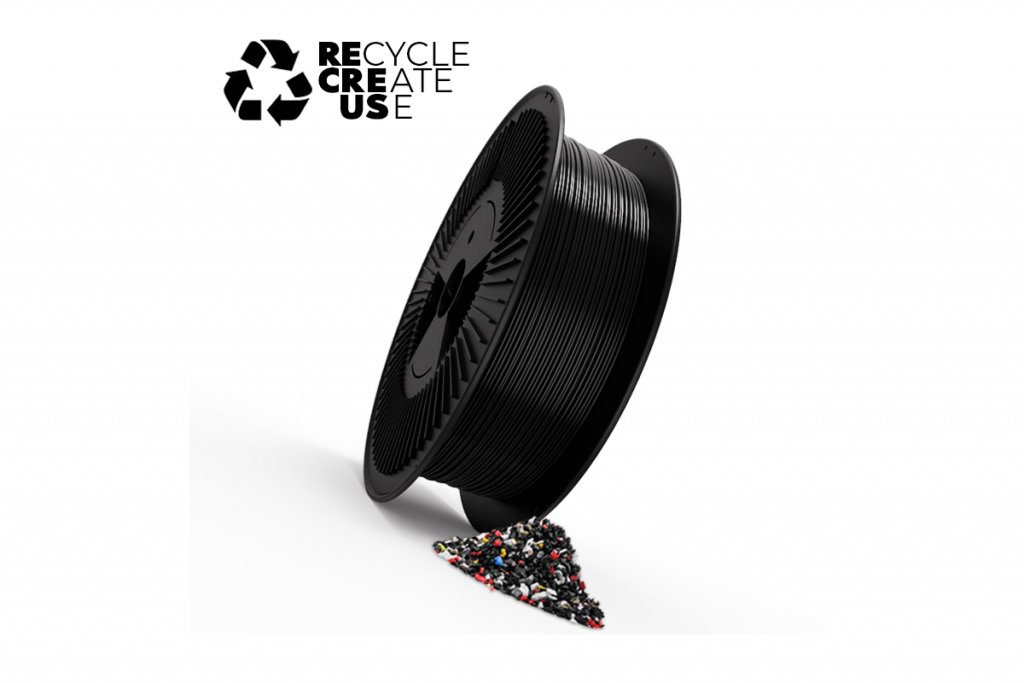 So, we have decided to no longer offer a warranty on ReFuel Products. The quality standards will not change, nor will we intentionally make it any worse, we just want users to understand that it is basically scrap material and should not be counted on to make first quality products and prints.
So, we have decided to no longer offer a warranty on ReFuel Products. The quality standards will not change, nor will we intentionally make it any worse, we just want users to understand that it is basically scrap material and should not be counted on to make first quality products and prints.
This is the same material as our regular PLA Product Lines. We've taken our PLA scraps and out of spec material (spools that were rejected during production due to over or under diameter readings), transition material and cut off waste and cut it into pellets that we can use to make filament!
It works great, prints great, and is otherwise almost equal to our normal PLA lineup. We follow the same quality guidelines with a minimum target of ±0.05mm and a best target of ±0.02mm tolerances. In fact, being run through a 2nd time, it often has better tolerances than the first run material. We're just not printing the nice labels and we're putting them in a plain brown box to save money because we just sell it to recover the scrap material. We're basically making filament out of our own Industrial scrap to keep it out of the landfills and to provide a very usable material, especially for prototyping. We don't make any money on it, we are just moving it out.
We're basically making filament out of our own Industrial scrap to keep it out of the landfills and to provide a very usable material, especially for prototyping. We don't make any money on it, we are just moving it out.
So, Coupons, wholesale, specials and quantity discounts do not apply to ReFuel products.
Color: Color will vary on this product. It is made of just about every color we make and the darker colors seem to take charge in the process. The first batch is a bit of a dark purple, but depending on what we have reground, it could come in any shade of color in the future. Since we mix ALL colors to make ReFuel, Colors will be mostly darker earth tones with black, brown and red shades, but can vary from grayish-white to nearly black. No color selection is available. There are none that are equal to our standard colors. Most likely, the items you receive in a single order will be all about the same shade and color as they will have been made at the same time. (They are also boxed in plain brown boxes with no windows, so we can't even tell what color we pick when we ship them.)
(They are also boxed in plain brown boxes with no windows, so we can't even tell what color we pick when we ship them.)
Packaging: ReFuel comes vacuum-sealed with desiccant in a plain brown box with minimal labeling. We do not add the spool spec chart to our ReFuel products.
Size: To keep this product simple, we only offer it only in 1.75mm 1kg and 4kg spools.
Warranty: Since this is reprocessed product, made from out of spec material, we cannot guarantee this product for replacement. It is sold "As Is." However, we will assist you if it has severe issues that should not have left our plant anyway.
Compatibility: The Standard and Pro PLA+ versions should work in any printer that uses 1.75mm filament.
Our Pro PLA+ is the best PLA product available for printing your projects.
Learn More about our Pro PLA+ here.
Standard PLA+ combines standard materials with our excellent quality standards providing you with the best regular PLA available anywhere.
Learn more about our Standard PLA+ here.
Additional Filament Information
Quality:
All 3D-Fuel 3D printer filament is manufactured in our own production facility located in Fargo, North Dakota or in Moville, Ireland (depending on customer location). We have complete control over the manufacturing process and are able to ensure consistent quality for every spool.
Learn more about 3D-Fuel filament quality.
Diameter Tolerance:
Variable diameter can cause big problems in your 3D printer. We use a multi-axis laser measurement system to control our filament diameter and ovality in real time during production. Every spool has the diameter and ovality measurements listed right on the box.
Packing Information:
A full 1kg (2.2 lbs) or 4kg (8.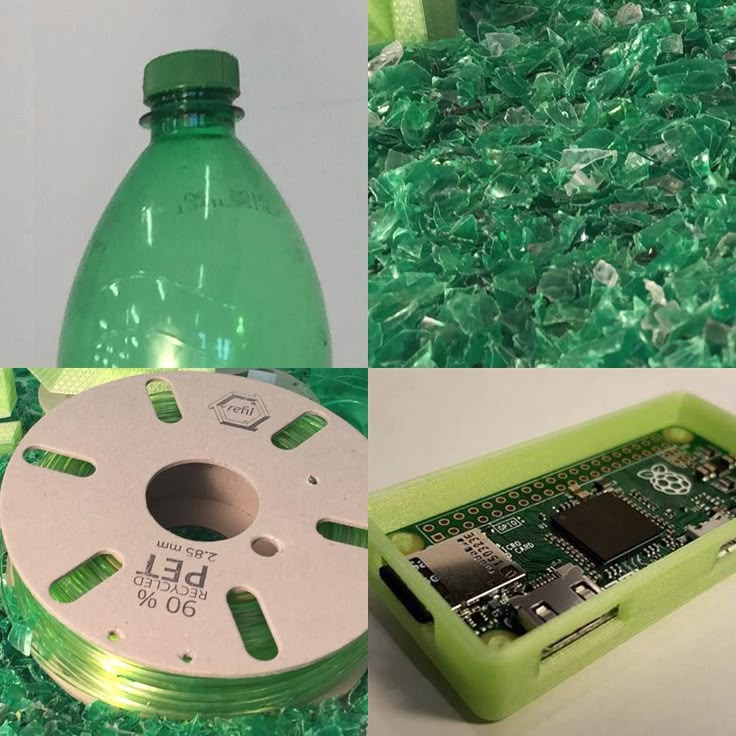 8 lbs) of Re-Fuel Pro PLA+ plastic filament arrives on an easy-to-use plastic reel and is vacuum sealed with a desiccant packet to keep out any moisture.
8 lbs) of Re-Fuel Pro PLA+ plastic filament arrives on an easy-to-use plastic reel and is vacuum sealed with a desiccant packet to keep out any moisture.
Test Printing:
The 3D-Fuel test lab features multiple brands of 3D printers including Raise3D, MakerBot, LulzBot, FlashForge, and more. We 3D print what we manufacture to ensure that our filament provides the absolute best quality possible.
Sustainability in 3D Printing: Recycled Filament Without Sacrificing Quality
As an environmental engineer, high school teacher, and co-founder of Closed Loop Plastics (CLP), Will Amos, along with co-founders Aldrin Lupisan and Sharon To, became innovators in the field 3D printing and additive manufacturing, just a few years after graduation.
“We started in 2018, right out of college, by finding a way to recycle red “party” plastic cups into 3D printing filament. That idea has now grown into a pretty cool company that takes plastic waste and turns it into 3D printable material. ”
”
For 4 years, Closed Loop Plastics has been creating new materials, new colors and enabling anyone with access to a 3D printer to participate in the circular economy by printing with their products.
"We give people access to certified and fully sustainable materials right in their printers without any major adjustments or changes to their process."
Will tells the story of how CLP started:
“I started 3D printing in 2015 as part of the UC Irvine team for the Solar Decathlon, which is a competition for building solar-powered houses. I was put in charge of the tool room of the future, mostly because I was a sophomore engineer and didn't know much, so I took Aldrin and a few other college buddies with me and created this tool room. As a prize, we were presented with a 3D printer, and then for the first time we thought: “Well, we are environmental engineers, and this is an environmentally friendly economy. How can we make 3D printing sustainable? It was a neat prototype tool, but it used a lot of plastic, so we wanted to find a solution to recycle the plastic that goes back into the 3D printer.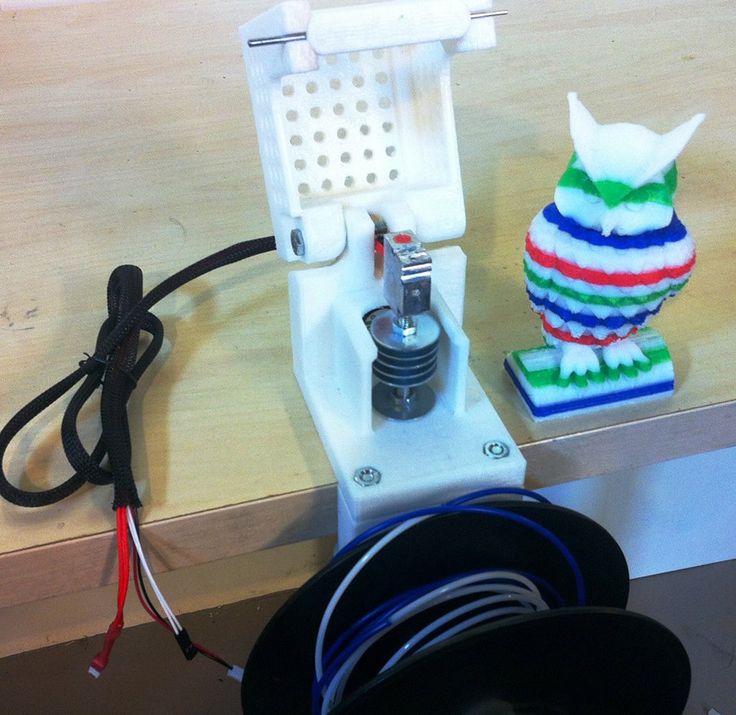 ”
”
“The first thing we did was think about recycling. At first we recycled printed plastic, but then we realized that we do not have a critical mass of plastic waste from 3D printing alone. We figured out how to use waste from other sources, such as food containers, to really solve this problem and create a high performance polystyrene (HIPS) recycling element. We made it possible for people to use material for really interesting purposes, instead of sending it to the landfill. So we started thinking about how to make 3D printing green, and then it became clear that our job was to figure out how to make the use of plastic generally green on our planet.
Our ideas have definitely gone big. To give you an idea, our first product we were going to sell as a company was a recycling cart (similar to an audio visual cart) and the idea was that it could be rolled around a plastic waste recycling lab. It's been a few years, and now we've reached the point where we're applying for municipal bonds to build county-level infrastructure so CLP can build these businesses that recycle hundreds of thousands of people's plastic waste every day.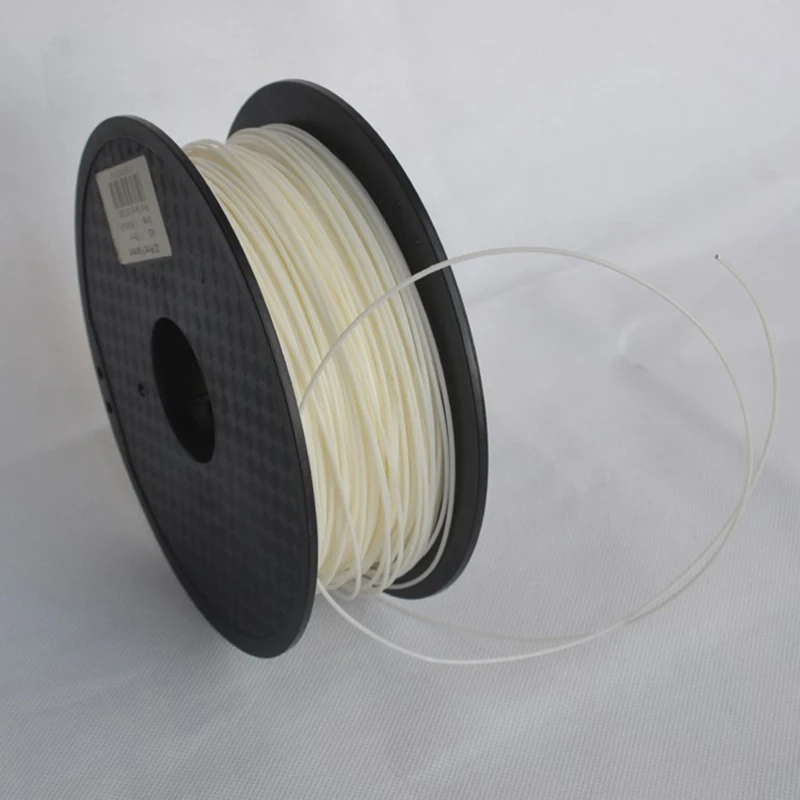 When we think about it, it's amazing.
When we think about it, it's amazing.
We have moved from a decentralized lab-based approach to a wastewater infrastructure-based approach. I think that's cool, and it reflects the education that Aldrin and I received as environmental engineers, combined with our other co-founder, Sharon To, with a computer engineer background. Aldrin and I can think in terms of large-scale infrastructure, and Sharon can think in terms of focused control systems, and all this has led to successful team dynamics. We trust each other and our skills, which allows us to change direction as needed and expand our scope.”
Closed Loop Plastics originally focused on high impact polystyrene (HIPS) material (as Will explains later), but its use opens up endless possibilities for almost all plastics.
“We chose HIPS because we needed a recycled plastic that was not so specific that it could only be used in 3D printing. We wanted something that could be used in 3D printing, but not only in it. . HIPS plastic is a widely used material for supports or for rough 3D printing. We wanted to try recycling it because it's a great thermoplastic and very easy to recycle in its original state.
. HIPS plastic is a widely used material for supports or for rough 3D printing. We wanted to try recycling it because it's a great thermoplastic and very easy to recycle in its original state.
After we settled on HIPS, we needed to focus on getting it clean and ready for 3D printing. We first offered it in Party Pink, which was an unpigmented color, essentially a mix of all the different HIPS plastics we put in our system. As our clients grew, they were interested in additional colors, and then we added Nebula Black. This was our first experience of introducing any additives into the process. It was a great experience that made us learn a lot. There were blockages here, there were running out of machine parts, but we realized that we could create a new, differentiated product. We are still testing for other colors and even new materials. We are going to test 3D products with new plastics like PLA, PETG and ABS. We are constantly thinking about making something more accessible to the market, because HIPS is not as widely used as other types of plastic.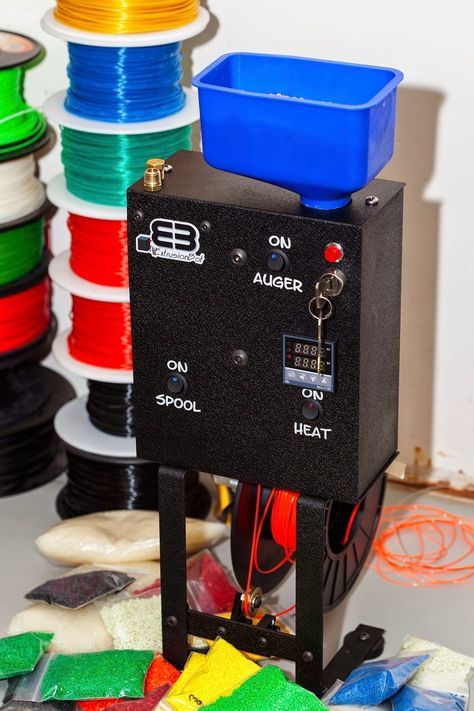 ” .
” .
CLP ensures the quality of its filament by monitoring the diameter and dynamically controlling the yield. Diameter tolerance is a key point of failure for any filament, as Will explains: “We knew that if our filament had poor diameter tolerance (getting wider, smaller, changing shape, etc.) then it would be difficult for users to print with it. help. So we've built a system that monitors the ovality and diameter of the filament about a thousand times per second. Tons and tons of samples are required, then we can adjust the speed of extrusion and material drawing. We can change it in the process. Many plastic manufacturers produce a low-quality batch and have to throw it away, so our ability to correct during the printing process is really useful.
We are seeing an amazing expansion of our product. Since our U-HIPS is a highly durable material that does not get dirty (after processing), printing on it is easy and does not require additional surface treatment.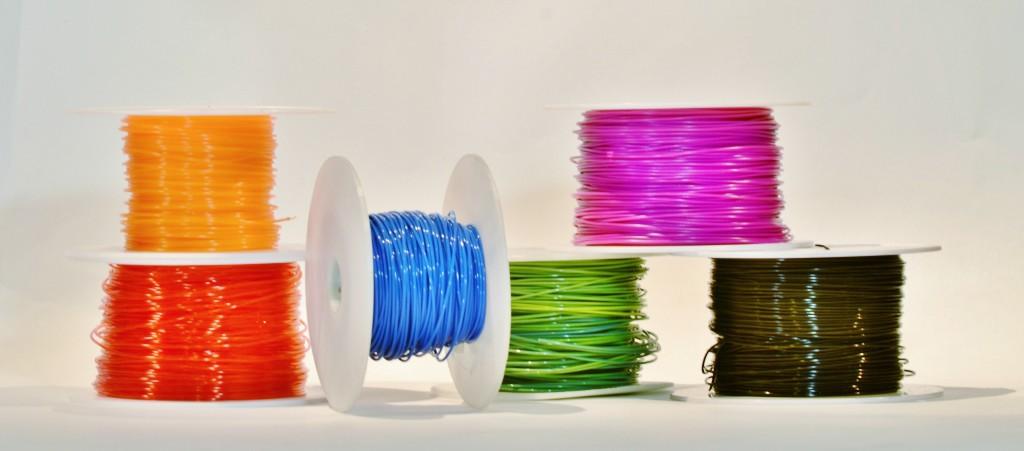 It is easy to print from and does not require surface treatment. It can even be used on a system that is not closed. There are many things about our U-HIPS product that make it truly unique, allowing manufacturers of any experience level to participate in the circular economy at any level right now. We have a client, Leviathan 3D Printing on the East Coast, who reported receiving our product from Matterhackers and is delighted with the print results. They used it to create student projects for accessibility reasons. The students designed things to be used by other people with limited hand capabilities. It is the epitome of recyclability and the circular economy and it is great to see our product being used in this way.”
It is easy to print from and does not require surface treatment. It can even be used on a system that is not closed. There are many things about our U-HIPS product that make it truly unique, allowing manufacturers of any experience level to participate in the circular economy at any level right now. We have a client, Leviathan 3D Printing on the East Coast, who reported receiving our product from Matterhackers and is delighted with the print results. They used it to create student projects for accessibility reasons. The students designed things to be used by other people with limited hand capabilities. It is the epitome of recyclability and the circular economy and it is great to see our product being used in this way.”
CLP has built a solid fan base that enjoys using its products, and manufacturers have found some really innovative uses for it. The company recently featured on their blog some fantastic handheld body surf planes made by an Orange County High School teacher.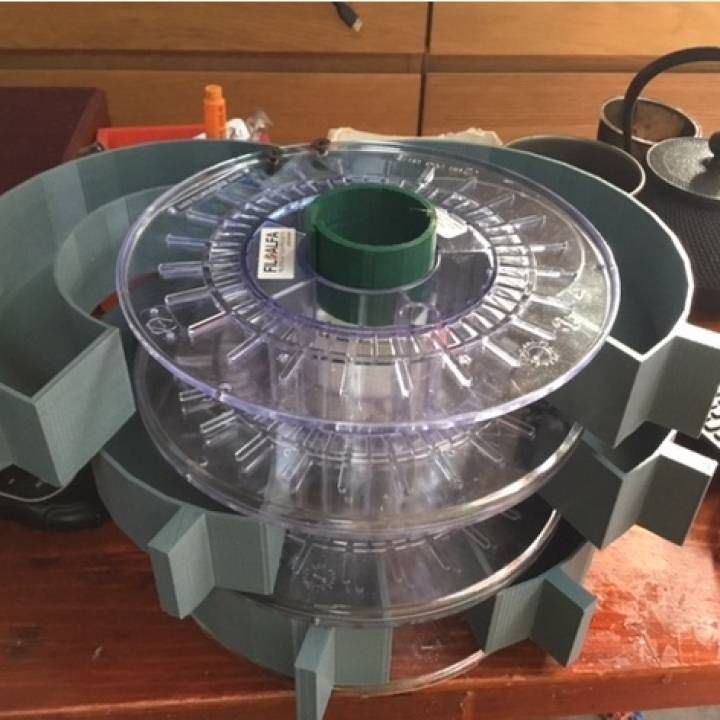 He surfaced and painted them, and they look like a finished product.
He surfaced and painted them, and they look like a finished product.
“We had a lot of people in the early days who thought it wouldn't get accepted because it was too hard stuff to use,” Will explains. “As our product has grown and improved in quality, we have seen many people adopt it and dedicate themselves to making it work on their systems. We have people prototyping in their labs, students using it for various projects, and even a few professional prototyping agencies using it to create all sorts of cool things."0008 .
We have made great strides in raising funds this year and continue to gain momentum in yarn production as we continue to expand our rapid production capabilities and explore new materials in this area. Expanding our material portfolio and expanding our workforce in Long Beach, California are some of the goals we continue to work towards. Over the next 5 years, we hope to expand and open three new facilities that can process 2,000 to 10,000 pounds of plastic per hour and really start recycling plastic so we can get more recycled material into the hands of more manufacturers and manufacturers.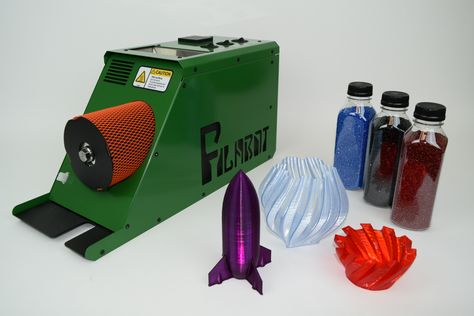 In the short term, we also hope to expand our reach into the injection molding world to demonstrate the versatility of our products. We want to let people know that in addition to 3D printing, we can make an impact on the plastics world as a whole through our process to give plastic waste a new life in the form of recycled filaments, pellets.” .
In the short term, we also hope to expand our reach into the injection molding world to demonstrate the versatility of our products. We want to let people know that in addition to 3D printing, we can make an impact on the plastics world as a whole through our process to give plastic waste a new life in the form of recycled filaments, pellets.” .
3D printing plastic recycling, PET.
Reviews
Follow author
Follow
Don't want
15
The article refers to Re-fill (recycled PET plastic for 3D printing).
This time we're looking at converting plastic into 3D printing filament.
Recycling is not as easy as it sounds, and many companies have tried before and now to start using recycled filament for their 3D printers. Anyone who has tried to make their own filament on a small scale will understand how difficult it is, even with the newer plastic pellets.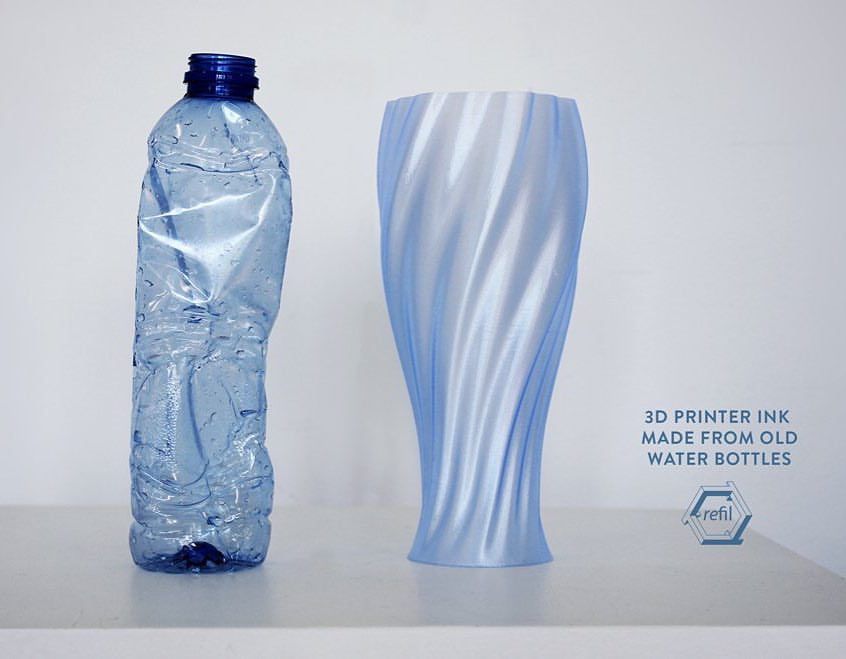
Last year I was very lucky: I got 3DFilaprint and it was a big recycling project, it taught me that making quality filament is very, very difficult.
I produced several batches of recycled ABS for a local shop. I have even tried to recycle some polypropylene and PET, with limited success.
Of course, the easiest way is to use ready-made PET, PLA and WoodFill granules. Making my own colored WoodFill yarn was a lot of fun and exciting. Doing it professionally - for your home 3d printer, to make it from plastic scrap, having previously cleaned it, melted it and squeezed it out, is not at all an easy task.
I posted this photo of the failed print above - the print failed due to a mechanical printer error - it's not the fault of the bad filament.
I was very happy to win a Refil PET reel. It contains up to 90% recycled plastic bottles. The team has been working on this plastic for the last 3 years. How much you get is 750 grams of thread, while the total weight including packaging is about 900 grams. What it looks like -
What it looks like -
I had a full roll of clear PET and a sample of black ABS filament, which is made from recycled car panels. PET is indeed very transparent. It's so transparent, in fact, that I'm even a little concerned that it's really recycled material and not new. I was expecting bubbles and maybe even a few slight color casts or a slight opacity.
PET plastic bottles and recycling symbol.
The most important aspect is dimensional accuracy. My spool was 1.75mm and I'm more picky about it than 2.85mm thread. I measured about 50 times at the beginning, middle and end. The whole spool was 1.76mm - almost negligible deviation. How do they print? I started printing at a normal PET temperature of 230 degrees C and printed a simple single layer vase for optical clarity testing.
Singvers classic bottle.
Printed in actual size - for comparison - glass on the left, PET on the middle and white PLA on the right. It was once a PET bottle, and now, after being recycled and 3D printed, it's a PET bottle again :) But printing at 230 is not very good for this particular type of PET material -
Bubbles as far as I can tell not moisture content. Lowering the print temperature corrects this issue.
Lowering the print temperature corrects this issue.
You won't get sharp prints even with good PET, the layering process causes a slightly translucent final print.
I love all types of PET and use Taulman t-glass and ColorfabbXT regularly. In the image above, you can see the same print with these different PET materials.
You can print whatever you want with PET, although it will be very slow.
Follow author
Follow
Don't want
15
More interesting articles
nemoi13
Loading
03.10.2022
1830
7
Follow author
Follow
Don't want to
The Anet ET4 Pro is a 3D printer that I definitely wouldn't recommend to beginners.




